Newsletter
On April 14, PSI celebrated the 50th anniversary of its founding with open houses at our Andover, MA and Wilmington, MA facilities. Many business associates as well as former employees who were key to the early success of the company attended. Visitors were able to see demonstrations of current technologies and tour our facilities.
On April 15, friends and family members also celebrated with a Family Day that allowed family members to learn how we are developing technology that contributes to society. Preparation for the event took several months and involved many members of our staff who were clearly proud of what their employee-owned company has achieved. The highlight of the event was the unveiling of a six-panel timeline chronicling the technology, events, and people of our first decades that now set the stage for the next 50 years. Highlights of this timeline are captured in this newsletter.
The highlight of the event was the unveiling of a six-panel timeline chronicling the technology, events, and people of our first decades that now set the stage for the next 50 years. Highlights of this timeline are captured in this newsletter.
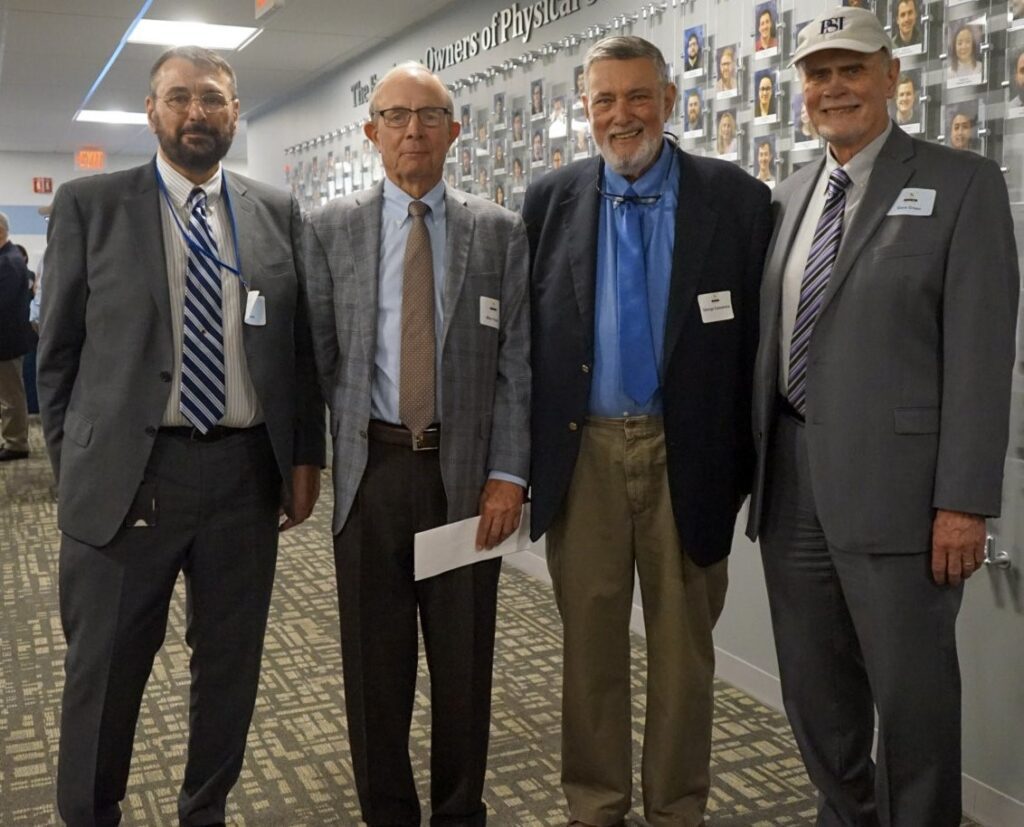
Bill Marinelli, Mike Finson, George Caledonia and Dave Green celebrate PSI’s 50th Anniversary Open House
1970s
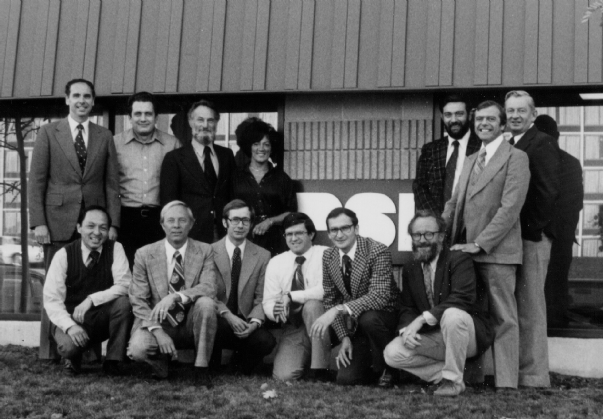
Physical Sciences Inc. was founded in 1973 as the country’s involvement in Vietnam was ending, NASA’s Apollo space program was drawing to a close, and the threat from multiple warhead ballistic missiles was growing. Incorporated by Robert F. Weiss and Kurt Wray, and starting with five employees in the offices of its lawyer, Peter Gorshel, by 1976 it had established its own office and laboratory space in Woburn, MA. At the end of the decade, it had reached 35 employees and had revenues of $2.2M.
The company was strongly focused on laboratory experiments and modeling in support of missile defense and materials interactions with high power lasers. Knowledge of atmosphere and interactions led to a two-decade long relationship with the Air Force Research Laboratory at Hanscom AFB. These efforts developed the foundation of our expertise in chemical kinetics, optical diagnostics, and remote sensing.
1980s
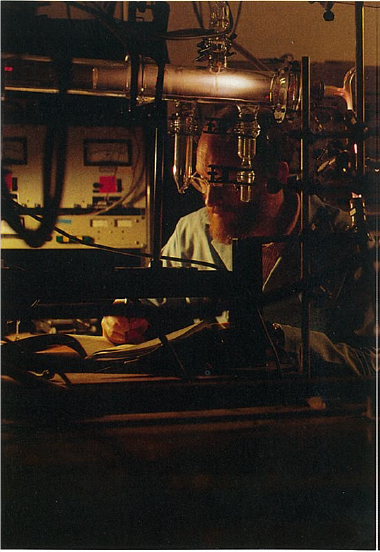
In the 1980s, PSI greatly expanded the breadth of its R&D efforts to include space environment simulation capability, the development of imaging systems for chemically reacting flow fields, and the exploration of chemically-pumped lasers. It experienced significant growth supported by the Ballistic Missile Defense Office while developing its initial capability in materials development. Many of these activities were supported by the newly-created Small Business Innovation Research Program (SBIR).
PSI underwent a significant increase in its experimental facilities as it established, and then twice expanded, its corporate headquarters in Andover, MA. The company grew to almost 100 staff and had revenues of $14M by the end of the decade.
1990s
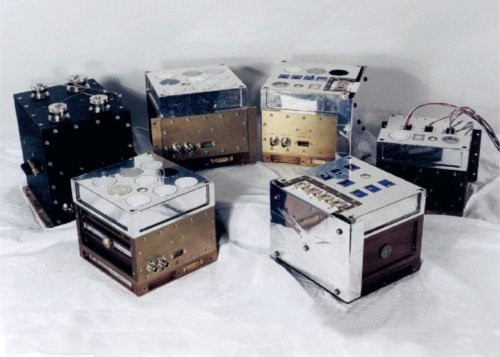
PSI’s capabilities continued to expand throughout the 1990s to include materials development for many applications, including chemical sensors and electrochemical systems. Efforts in the development of tunable diode laser spectrometers for gas sensing advanced to product sales. Its earlier support of the U.S. Air Force and NASA space missions led to the development of several Space Shuttle and satellite payloads examining materials and spacecraft environmental interactions. Pictured is the SAMMES space environment sensors.
Research Support Instruments (RSI) was acquired to provide space hardware development capabilities and on-site support to R&D organizations in the Washington, DC area. The end of the Cold War and the subsequent decline in defense spending limited the company’s growth during the 1990s. PSI’s staff reached 105 by the end of the decade with revenues of $19M.
2000s
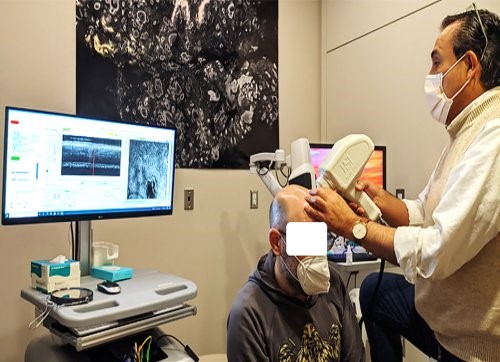
In the first decade of the new millennium, PSI expanded its work in commercial sensors based on Tunable Diode Laser Spectroscopy Technology to the pharmaceutical industry as well as its capability to deliver hardware to prime contractors. Its expertise in molecular spectroscopy led to significant activities in remote sensing. It was first to license QCL technology, leading to substantial new R&D and commercial revenues. NIH funding launched PSI’s ophthalmic imaging business. These activities would become a substantial source of licensing revenue. The development of high temperature ceramic matrix composites for engine components led to key flight opportunities.
Company ownership shifted to become dominantly controlled by our Employee Stock Ownership Trust while it acquired both Q-Peak and Faraday Technologies. Total staff size reached 185 with revenues of $51M by the end of the decade.
2010s
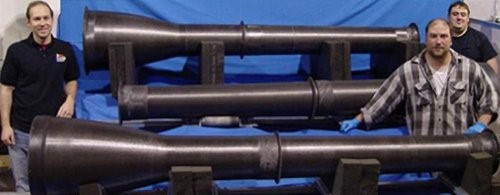
Throughout the decade of the 2010s, PSI’s advanced materials capabilities broadened with the further development of high temperature ceramic matrix composites, innovative energetics and propulsion systems, nanomaterials, deployable structures, and early work in high energy density batteries. Its development and production of InstantEye™ small reconnaissance UAS supported US soldiers in multiple areas of operation.
Spectral imaging technology development, begun in the 2000s, culminated in key demonstrations and applications to a broad number of fields. A period of significant company growth occurred in the second half of the decade after congressionally-mandated government spending limits (sequestration) had impacted that growth in the first half of the decade. New facilities in Andover, Haverhill, and Wilmington, MA as well as Epping, NH were opened to support technology transition. PSI’s ESOP steadily increased its ownership of the company and went on to become the company’s sole owner in 2011. Employment reached 252 people with revenues of $73M.
2020s
At the start of this decade, PSI’s expertise in remote sensing led to the development of sensor networks for the detection of chemical, biological, radiological and nuclear threats, in the deployment of portal systems at southern border crossings, and mobile systems, all for use in the U.S. and overseas. Its materials expertise was applied to develop sources of rare earth elements essential to the economy and national defense.
Its expertise in nanomaterials and electrochemical systems led to PSI’s entry into the development of battery systems for defense and commercial applications. As PSI enters its sixth decade, its workforce is approaching 300 people, operating at multiple locations in Massachusetts and across the U.S., with revenues expected to exceed $90M this fiscal year.
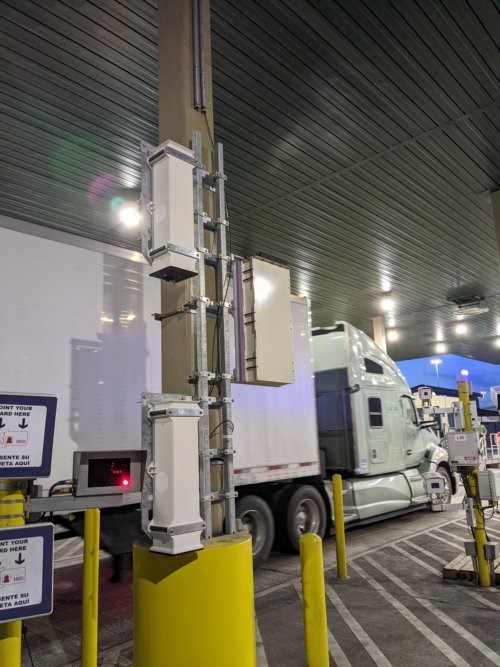
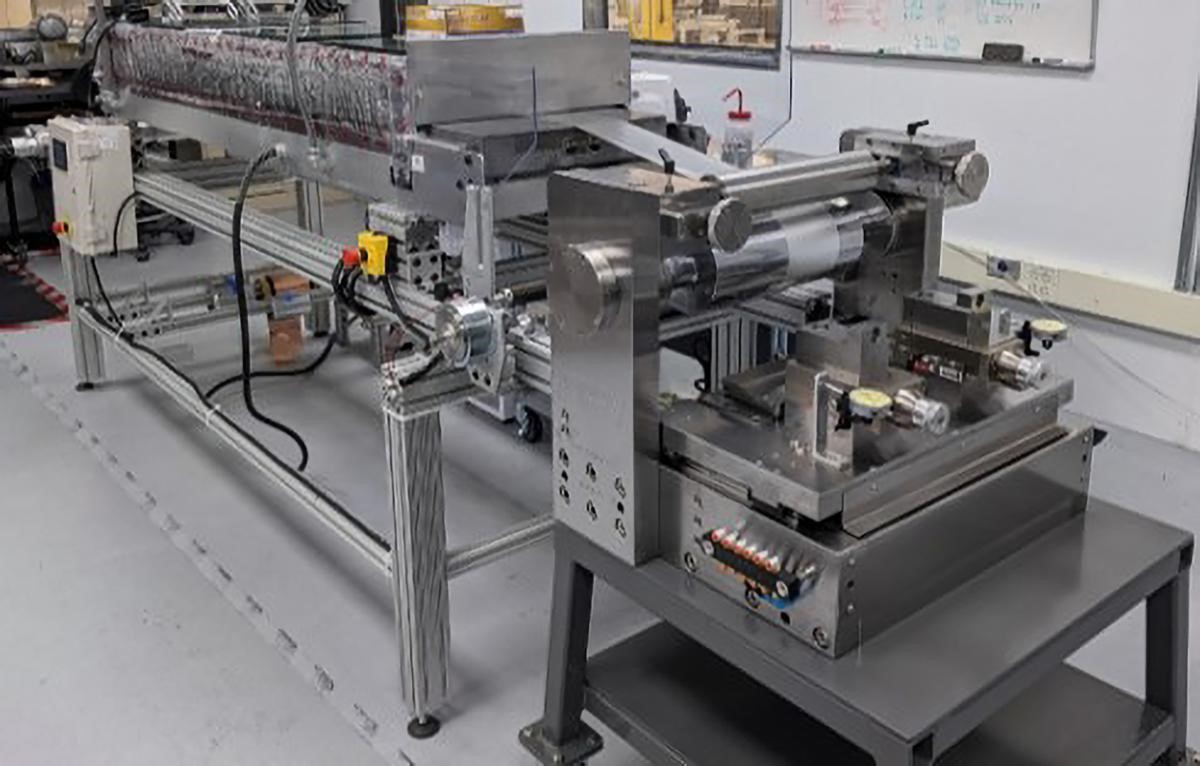
| PCS powered radiation portal monitor Operational at the U.S. southwest border | Imperia™ Batteries slot die casting for next generation lithium-ion batteries |
Contract News
PSI recently received the following research contracts:
“Additively Manufactured Ceramic Foams for Structural Insulators” from the Missile Defense Agency
“Metabolic Cytometry for In-line Process Analysis” from the Department of Energy
“Volumetric Fiber-to-Chip Mode Converters”, Compressive Sensing Fourier Transform Spectrometer LIDAR”, “Thermoradiative Energy Harvesting and Signal Suppression with Low-Bandgap Emitters”, and “On Orbit Metrology System for Rigid Antenna Array Panels (OMRAP)” from the U.S. Air Force
For more PSI news, visit www.psicorp.com/news.



